
Hyderabad: The word Nallamala has almost been synonymous with the Chenchus and the tigers, who have been living in harmony deep inside the forest for ages. Danger lurks for this umbilical connection as the forest department is trying to open the Amrabad Tiger Reserve for ‘eco-tourism’.
Ever since the annual Chenchu jatharas (festivals) at Saileshwaram and Bourapur started witnessing a massive influx of devotees in recent years, the administrative administration has been doing very little to prevent the exploitation of the tourism potential of the temples in the deep forest.
During the BRS government, an ecotourism initiative was introduced, where cottages were built at Mannanur for tourists. Under the package, tourists are being ferried in and out of the core forest area.
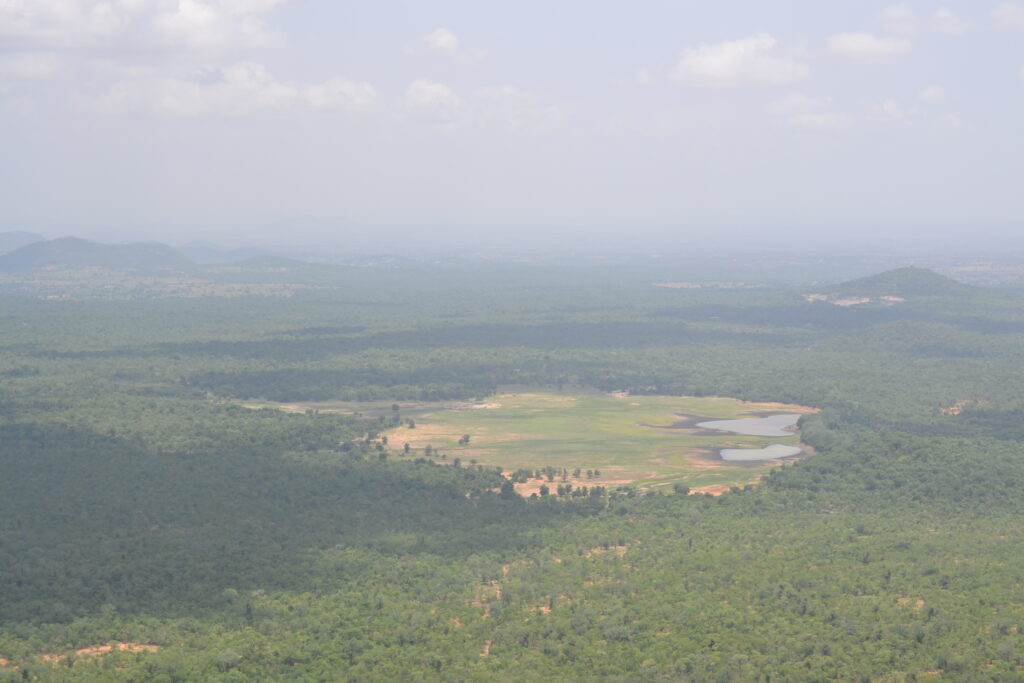
Now, the forest department is planning to tap the tourism potential of Saileshwaram (pronounced Saleshwaram locally), the gigantic cave, which is Lingamaiah’s (Lord Shiva) abode. There is a 6 km treacherous trek from Rampur Chenchu penta, the nearest hamlet to reach Saileshwaram. The temple is a nature wonder preserved for ages.
Every year, during the Sri Rama Navami festival, the forest is open for devotees who come from various states. The annual jathara hosted by Chenchus is held between three to five days, depending on the forest department’s permission.

The forest department wants to open the temple for tourists for nine months a year, barring the mating season of wild animals.
One of the reasons given by the department for the move is that the heavy influx of devotees has caused mismanagement of the crowd, which has caused at least two deaths in the recent past.
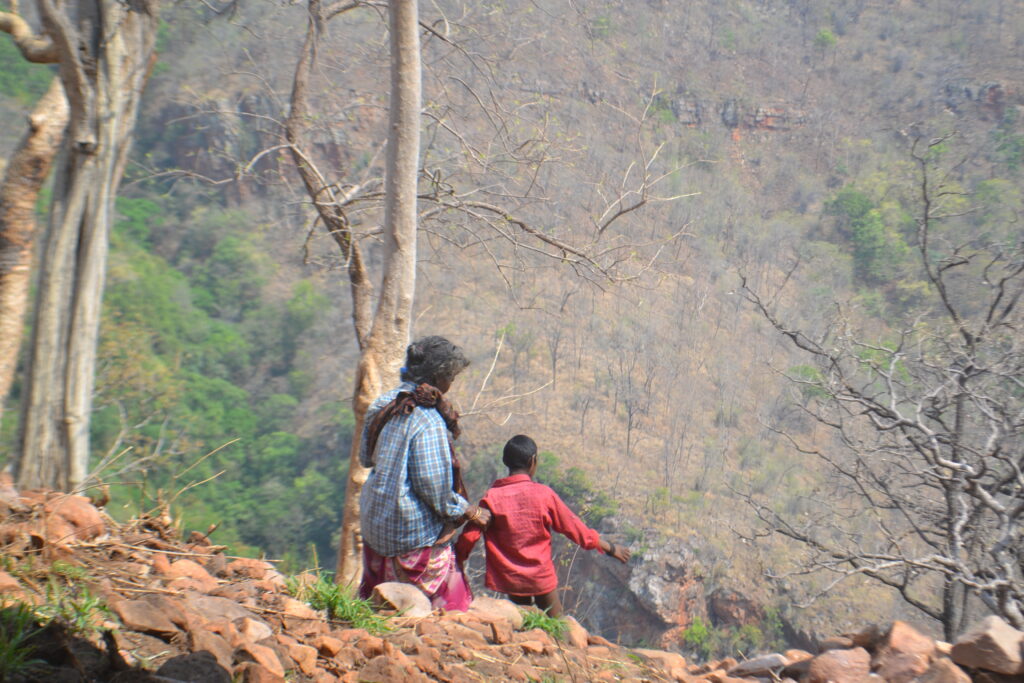
Rohith Gopidi, district forest officer, who is also the project officer of ITDA Mannanur, tells Siasat.com that there is a chance of the endowments department taking over the temple. “If any untoward incident happens again, the endowments department will take over,” he says.
“If devotees visit the temple throughout the year, it will not only help reduce the flow of tourists but will also aid in managing their tour well. It will create livelihoods for Chenchus,” he adds.

He points to the successful implementation of eco-tourism activities in Nagarjunasagar Srisailam Tiger Reserve in the Nallamala forest area falling in neighbouring Andhra Pradesh.
Among the five eco-tourism sites, Istakameshwari temple is one which he particularly mentions, where Chenchus have been engaged in ferrying tourists in their own vehicles, acting as their guides and managing the tour. The forest department gives 50% of the revenues earned to the Chenchus.
How is that going?
Ishtakameshwari temple is one of the five sites which are part of the eco-tourism package at Nagarjunasagar Srisailam Tiger Reserve in the neighbouring Andhra Pradesh, which has been implemented for the past five years.
Nineteen Chenchu families have been engaged in jobs like security personnel, sanitation workers, gate-keepers (at the check-post entrance), drivers and striking force (multi-purpose workers) in the initiative there.
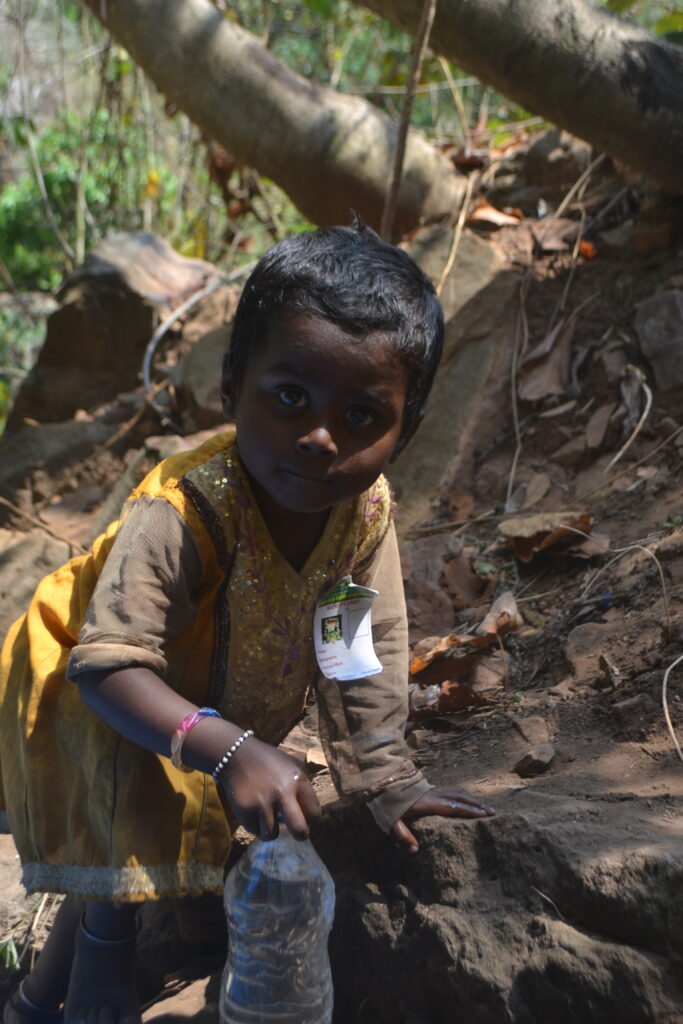
There are more than ten Chenchu pentas in Palutla gram panchayat, under which Ishtakameshwari temple is located. Each penta has an average number of Chenchu households ranging between 20-40 families.
There are 12 vehicles ferried by 12 Chenchu drivers, with 6 drivers allowed to ferry tourists on a single day. A vehicle is allowed to carry eight tourists in a trip, with each tourist charged Rs 1,000 per trip. While the forest department gets Rs 4,000 on a tip, the Chenchus are given the rest, with the responsibility of bearing the diesel and repair costs. Yet, the returns may seem promising.

“I live in Ishtakameshwari and my family in Sundipenta. To provide a good education for my children we took a rented house there. Only 12 families own the vehicles. What about the rest,” asks Basavaiah, one of the Chenchus who works at the gate making Rs 9,200 per month.
There are also Chenchus engaged as forest protection watchers at various base camps, but these are all contractual jobs.
For and against the eco-tourism initiative
Presently, Saleshwaram jathara is jointly being organised by the Chenchus living in Rampur and Appapur pentas. However, there have been differences between the Chenchus of the two hamlets with regard to claiming the ownership of the temple. Though there was a committee of the temple trust including members from both the villages, it has remained defunct lately.
With the forest department proposing the eco-tourism plan, Rampur penta is for it, and Appapur penta is against the idea.
“We are against the very idea. Did we ask for such a livelihood? We want our children to be provided the best education in the corporate schools so that at least they can prosper in their lives. Even if the tribal welfare department selects five children from each penta and provides them such quality education every year that is enough for us,” says Bala Guruvaiah, former sarpanch of Appapur penta.

Dichotomy within Chenchus
The eco-tourism proposal has created a dichotomy within the Chenchus, with one side concerned about wildlife and the other interested in finding an alternative livelihood. The differences have soared to the extent of turning into a bitter rivalry between the two Chenchu clans.
Saleshwaram is a crucial hide-out for tigers, sloth bears and wild dogs, and is a perennial source of water for the wildlife inside the forest. The mineral-rich water falls from some hundreds of feet above the ground, right into a deep pond (Gundam) located inside the cave.

While accepting that the wildlife will get disturbed, DFO Rohith questions how else could a balance be struck between that, and creating livelihoods for Chenchus.
A trust-deficit
There has been a trust deficit between the Chenchus and the forest department for a long time.
For instance, in the past, a trip to Kadilivanam, a beautiful island hillock lying on the banks of the Krishna River was attempted. The Chenchus from Medimelakala penta was engaged in lifting the luggage and escorting the tourists. However, due to the non-payment of their remuneration, the Chenchus had brought the ecotourism trial to a full stop.
However, tourists from Andhra Pradesh still visit this location on the boats ferried by the AP Tourism department. There is a share in this which goes to Telangana Tourism department.
Rohith agrees that if at any moment the Chenchus feel that they are not getting benefited, they could still raise issues and stop the eco-tourism initiative.
“We have been representing at every level for the past several years, pleading with the officials and the State government to construct check-dams on the local streams, complete de-silting of minor irrigation tanks and construct the bund of Medimelakala cheruvu which was destroyed more than a decade ago. If someone really wants to bring about a change in the lives of Chenchus and the wild animals, why not restore the water bodies and conserve water,” asked Thokala Guruvaiah, general secretary, Chenchu Lokam, who is a resident of Appapur penta, which is at the logger-heads with Rampur penta on the Saleshwaram jathara ownership issue.
He also feels that the sanctity of the temple will be disturbed because of the tourists who may not necessarily be devotees.
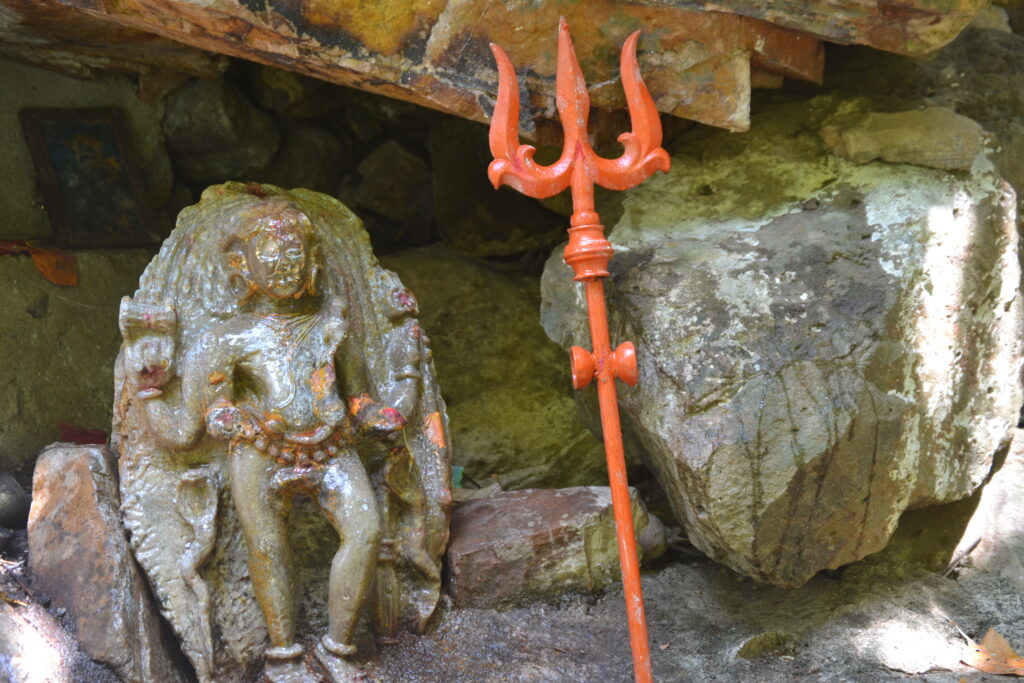
The treasure-hunters prying on the Nallamala
Guruvaiah’s concern about the ‘sanctity’ of the temple stems from the fact that there have been several attempts in recent years, where treasure-hunters have damaged the temples inside the forest, even going to the extent of stealing ‘Shiva lingams.’ While some of them enjoy political clout, there are other amateurs who persistently use the jathara to hunt for treasure, dumps of naxals who have been eradicated from the Nallamala forest in the early 2000s.
The Gundam in Saleshwaram is one such treasure hot spot, which treasure hunters entering the forest in the guise of swamis, devotees, and even government officials, have been actively pursuing. The legend has it that the kings since ages have been performing penance and other rituals inside this gigantic cave. Many believe that kings used to hide their treasure in this ‘Gundam.’
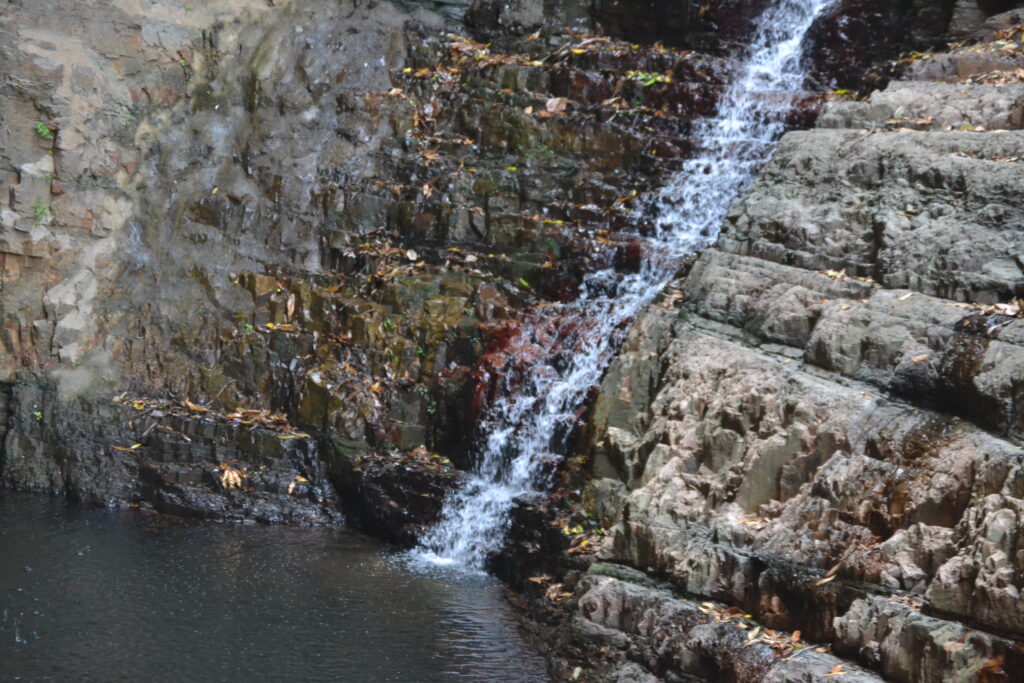
In recent times, there have been instances when such treasure-hunting groups have stayed all night at the temple. Even certain Chenchus who have been enslaved by alcoholism and greed, have been assisting such anti-social elements. There are many historical places deep inside the forest, which people believe, could be the hotspots to hunt for treasure.
Metal detectors have become cheap, lightweight, and portable, and have been used by such groups inside the forest, which even the forest department has been aware of.
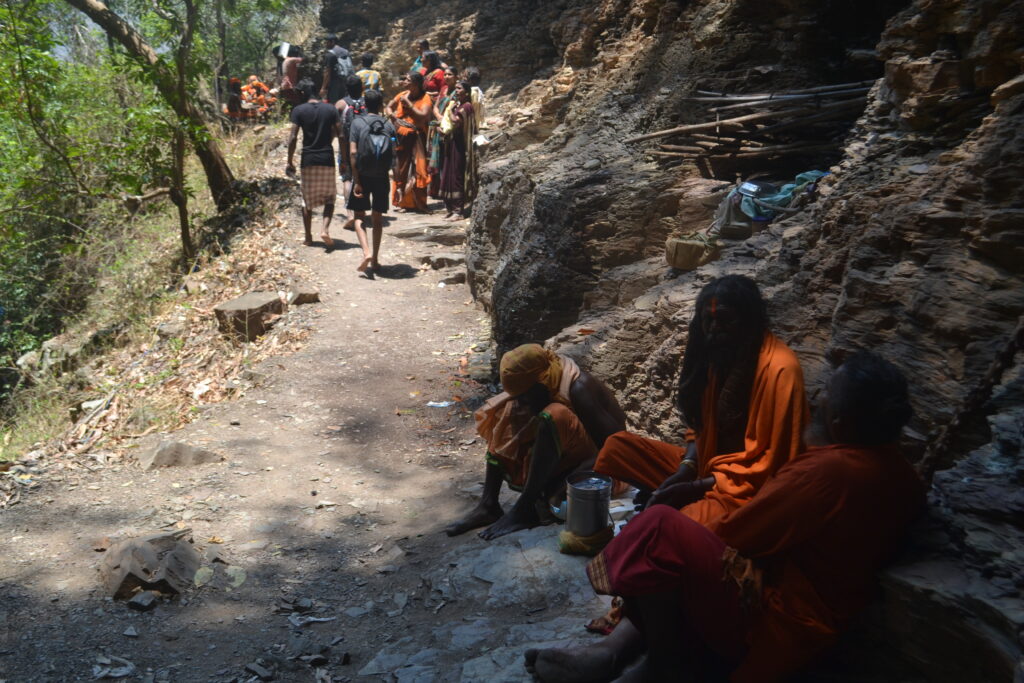
Divide and rule v/s Bridging the divide
“Like in some of the western countries where tribals living in an eco-tourism zone are being given identity cards, even we may be given such cards. If the officials spot a person in the forest, they’ll ask him/her/others to show that ID card. If they can’t provide it, they’ll be harassed. We fear that such regulations, which are already been in force in some other Tiger reserves in the country, will be implemented inside the Nallamala,” fears Thokala Leeladhar, a resident of Appapur.

At least the Chenchus from Appapur have been open for a debate on the issue, but there has been no effort being put in by the district administration to make that happen.
“The forest department is playing the divide and rule politics. They are luring the Rampur penta Chenchus through a leader of the Nimmala clan who is our own kind but is being misled by the politics and the bureaucracy of the day. Those who are for the forest department’s proposal for an ‘eco-tourism project’ will start receiving all benefits from the integrated tribal development agency (ITDA, Mannanur),” says Thokala Guruvaiah, who lost his son Hemadri’s life in his pursuit for the fishing rights of Chenchus in the Krishna River (in the backwaters of the Srisailam project).
“We came to know that certain forest officials are being so generous that they are feeding the core area Chenchus with liquor and biryani whenever there is a meeting scheduled in Mannanur. We tried to speak with the DFO/ ITDA PO, but he hasn’t been accessible of late,” Guruvaiah adds.
Demand for an exclusive ITDA PO
Coming to the ITDA PO’s post, there has been a long-standing demand for a project officer to be exclusively posted in the agency with full charge. However, only in-charge officers with additional charges are being deputed there.
Guruvaiah hopes that the state government would at least now depute a regular project officer with full charge for ITDA Mannanur from within any Adivasi communities, preferably from one of the primitive vulnerable tribal groups (PVTG) like Chenchus, instead of having an in-charge ITDA PO, which has been the case for more than four years now.
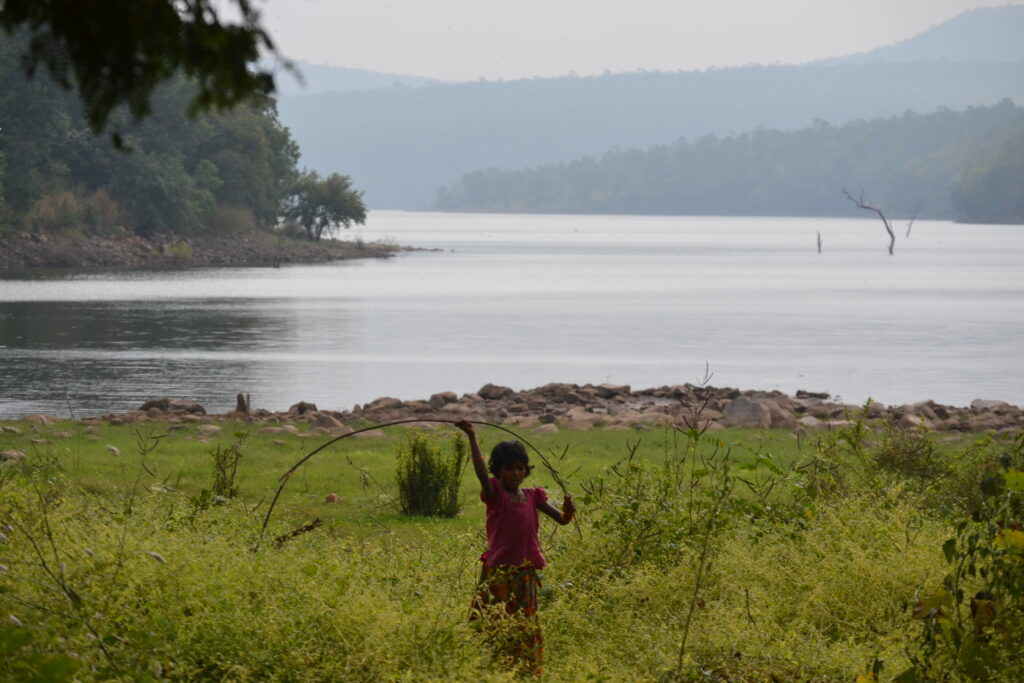
Whether or not the Chenchus will benefit from the eco-tourism initiative is something only time will tell.
But a dialogue which has been going on between the two clans for ages seems to have hit the rock-bottom, just because no effort has been made to bring them on the same page. There are trade-offs that could be negotiated, but at least one of the parties in dispute doesn’t see this happening yet.
This logjam may only create obstacles to the well-intended and ambitious eco-tourism plan of the forest department.



